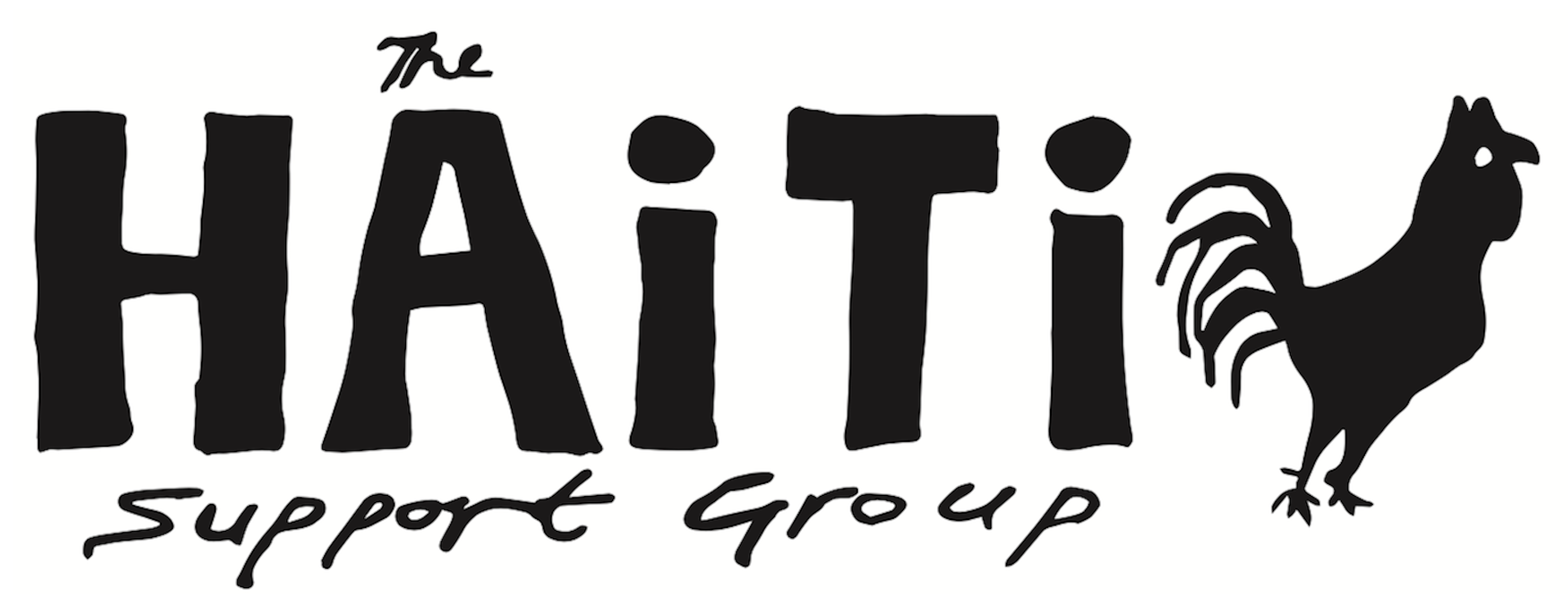HSG from Convention Center, Columbus, Georgia, 17-11-2012
To a workshop on “The Roots of Paramilitarism in Haiti,” part of the extensive educational programme of the annual School of the Americas (SOA) vigil at Fort Benning. It is led by sociologist Jeb Sprague, the author of a new book (Paramilitarism and the Assault on Democracy in Haiti, Monthly Review Press, 2012) and Wadner Pierre, a long-time Haitian political activist, journalist and photographer.
Both the workshop and the book do exactly what they say on the tin, tracing in fascinating analytical detail paramilitarism in Haiti through four waves. First come the Tonton Macoutes, institutionalised under the Duvalier dynasty in the 1960s to crush all dissent. They are followed by the attaches, (1986-1991), used by a series of military regimes to suppress any popular aspiration for anything other than Duvalier without Duvalierism.
A third wave, ultimately most associated with FRAPH (the Front for the Advancement and Progress of Haiti), followed the coup against President Jean-Bertrand Aristide in September 1991, when the military increasingly relied on paramilitaries to first crush all resistance to their take over and then to eliminate Aristide’s Lavalas activist base. The fourth phase is dominated by the paramilitary FLRN (Revolutionary Front for the Liberation of Haiti), which played the lead role in destabilising and ousting the Aristide government of 2001-2004, before once again helping to eliminate its popular base over the following two years.
The focus of both the book and workshop is on the last phase, when in the wake of the abolition of the army by President Aristide in 1995, paramilitarism reached new heights of importance by plummeting to new depths. It is also when Aristide himself was accused of paramilitary violence through chimeres and gangs, and when, after 2004, former paramilitaries worked with UN troops and were integrated into the new police force by the hundreds.
The research is based two major sources: the release of more than 11,000 US documents under the Freedom of Information Act (FOIA), and the Wikileaks trove on Haiti. All this is supplemented by key interviews, not the least of which is the one which opens the book, two hours with one of the most notorious paramilitaries of them all, Louis-Jodel Chamblain, the leader of the FLRN. According to Human Rights Watch, the FLRN took part in the murder of at least 4,000 people and the rape and torture of many more.
The great value of this text lies in the contextual analysis of the role paramilitarism played in the desperate efforts to protect the power structures preserving Haiti’s inequality and exclusion in the face of their biggest threat since the Haitian Revolution: the popular organisation and election of Lavalas and the Haitian people’s aspiration for an alternative.
The book details how paramilitary violence was, in many ways, the apex. By 2001-04, in particular, paramilitarism had become part of a much broader process of wholesale destablisation of an elected government that involved media manipulation, economic sanctions and political fronts. Were did the paramilitaries fit in here? What were the mechanisms that fitted them into this jigsaw, how and why did those funding them, controlling them, manipulating them, cover their tracks?
No country on earth breathes its history as deeply as Haiti. Understanding how it happened and who was behind it will be just as essential for tomorrow as yesterday. At the end of his book, Jeb Sprague visits Lambi 12 Grande Saline, a training camp for would-be Haitian soldiers. A photograph makes clear their loyalties and origins: their HQ proudly displays the red and black Haitian flag of the Duvalier era.
Most of the media see such camps as evidence of President Michel Martelly advancing his campaign pledge to bring back the army. But might this not be a typical Martelly feint? Far better and more useful to reform the paramilitaries, to maintain and train a “reserve pool of armed men to crush any future attempts by the country’s popular classes to organize” as Sprague astutely observes. Armies can be a liability: paramilitaries are plausibly deniable, and they protect, beat-up, torture or kill to order — on payment.
On his visit, Lambi 12’s second-in-command offered Sprague a security detachment of “well trained men, each with a weapon, for $500 per man per month.” As the inscription at the front entrance to the US Archives in Washington DC, where most of Sprague’s FOIA-release documents will probably now be filed, reads, “Past is Prologue.”
… and is the US (once more) lending a helping hand?
HSG from School of the Americas, Fort Benning, Columbus, Georgia, 18-11-2012
What is the Haitian flag doing outside the U.S.’s notorious School of the Americas (SoA) – otherwise known as the School of the Assassins? Do they know something we do not? As you arrive at the top of the road which leads to the main entrance – closed today for the 23rd version of the largest annual anti-militarism protest in the US calendar — you face the flags of all the countries with troops in training here. There are currently twelve, six either side of Uncle Sam’s – flying head and shoulders above the rest of course.
But Haiti’s? Haiti does not even have an army – however much President Michel Martelly may wish it – having become only the second country in the hemisphere to abolish its armed forces in 1995. So are all those shadowy, yet very real, military training camps in Haiti (see above) just an elaborate decoy? Is the leadership of the new Haitian army in not-so-secret training here? Is this where the old Haitian army leadership hang out in new uniforms with new weapons and, worse still, learn new techniques to torture and kill their own?
The truth is that Uncle Sam, not being the power he once was in this hemisphere or, indeed, anywhere else, is bit short of recruits. Haiti and its phantom army might be just the sort of name he can use to pad the roll-call. Since the start of this vigil, initially to protest the murder of six Jesuit priests, their housekeeper and her teenage daughter in El Salvador by SoA trained troops in 1989, but now memorialising the thousands of victims of its graduates throughout the Americas, campaigners have targeted the governments of all the countries that send troops here.
In the past six years, they have enjoyed considerable success. Confronted by the overwhelming evidence of the deaths, torture, disappearance and repression of so many who have been trained here – several current Latin American presidents and their associates are personal victims — six states have severed all ties with the School of the Assassins. Et tu Michel Martelly? Determined to put Haiti on the wrong side of history again?


